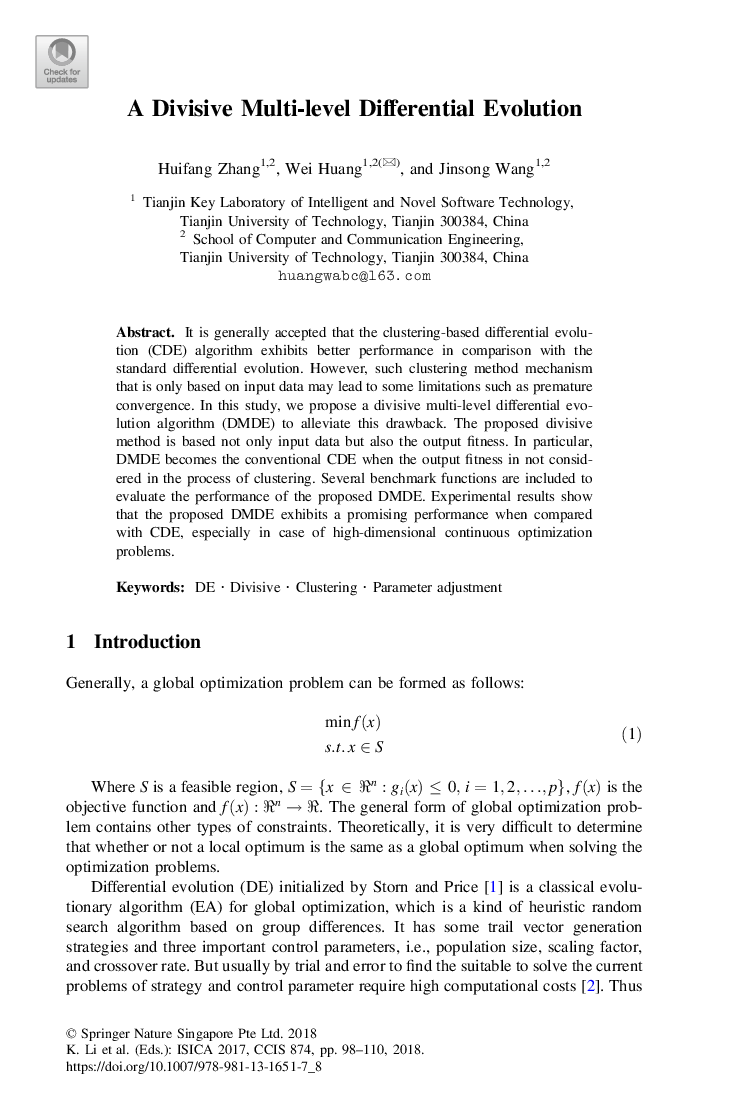| Article ID | Journal | Published Year | Pages | File Type |
|---|---|---|---|---|
| 11003405 | International Journal of Heat and Fluid Flow | 2018 | 13 Pages |
Abstract
Herein, the effect of surface orientation on the onset of nucleate boiling from microporous coated surfaces was investigated experimentally. Based on different surface orientations-which varied from horizontal facing upwards to horizontal facing downwards-it is proven that the onset of nucleate boiling surface superheat decreased as the orientation angle increased for both microporous surface and plain surface. Additionally, during the incipience boiling period, a temperature overshoot was observed. This largest temperature overshoot was found decreased with increasing orientation angle. The thermal boundary layer and the stirring effect of bubble flow were attributed to these phenomena. It was also found that even at higher wall temperatures, the heat transfer coefficient at the largest temperature overshoot point was still higher than the onset of nucleate boiling point. Increasing orientation angles yielded higher heat transfer coefficients through increased thermal boundary layer temperature and promoted nucleate boiling.
Keywords
Related Topics
Physical Sciences and Engineering
Chemical Engineering
Fluid Flow and Transfer Processes
Authors
Zhang Chi, Zhang Li, Xu Hong,
